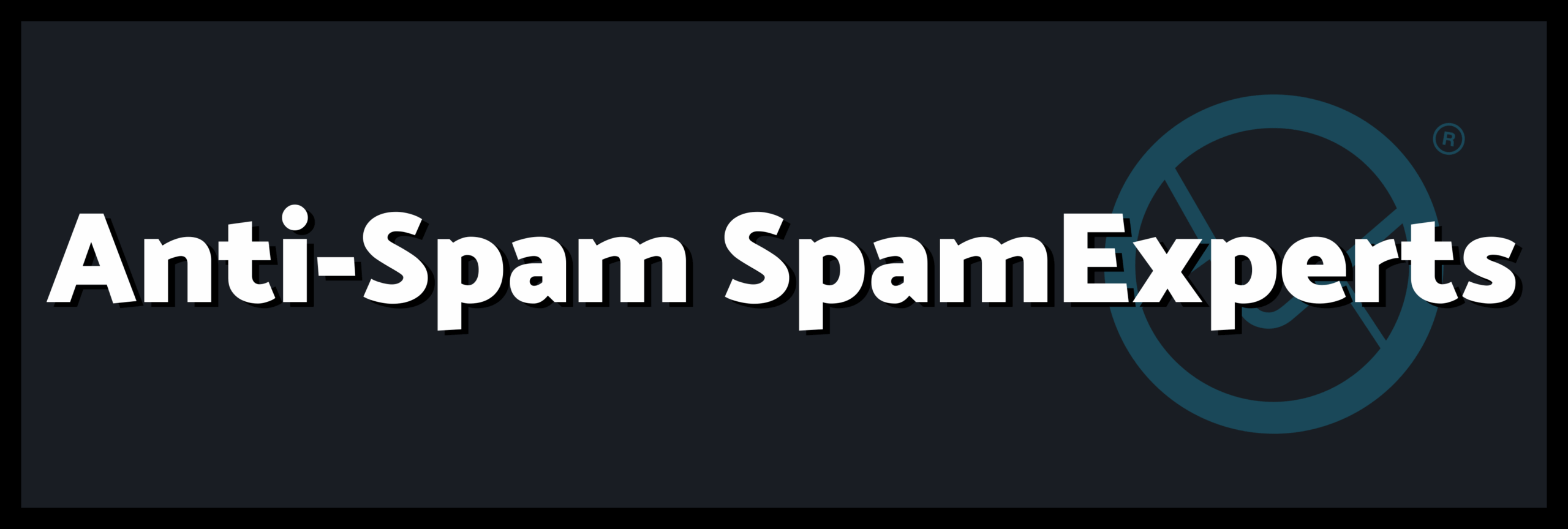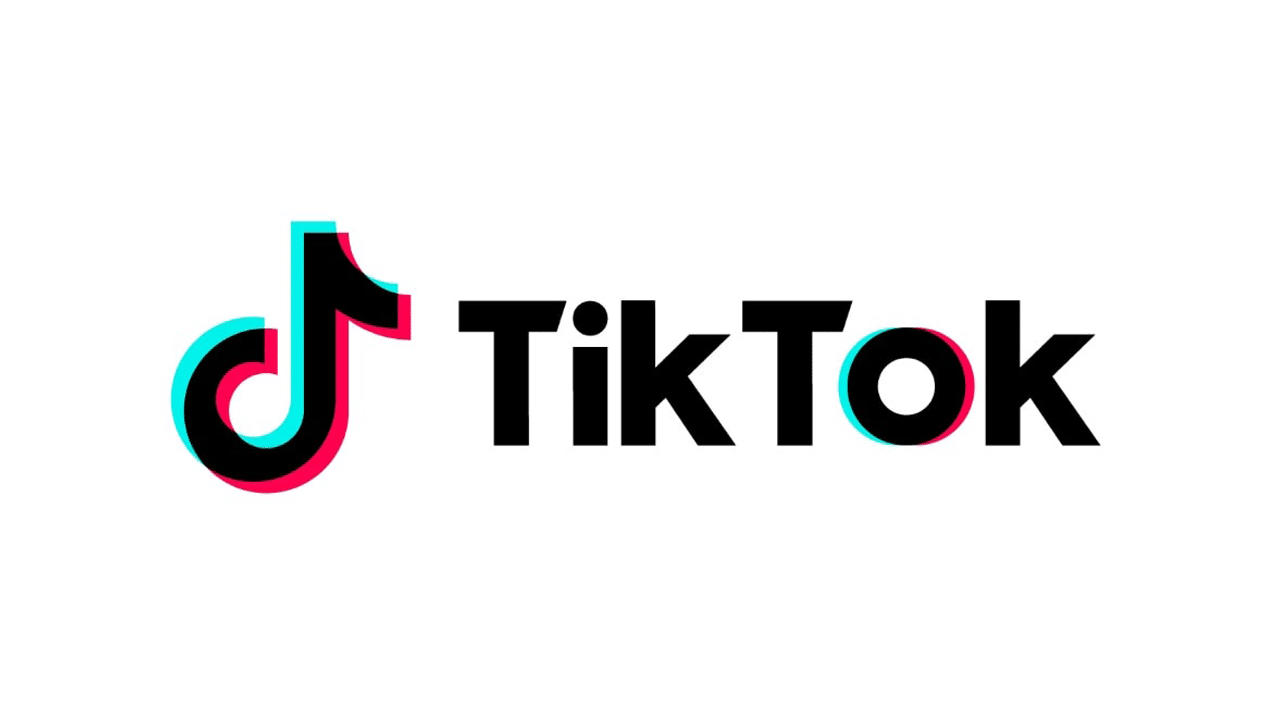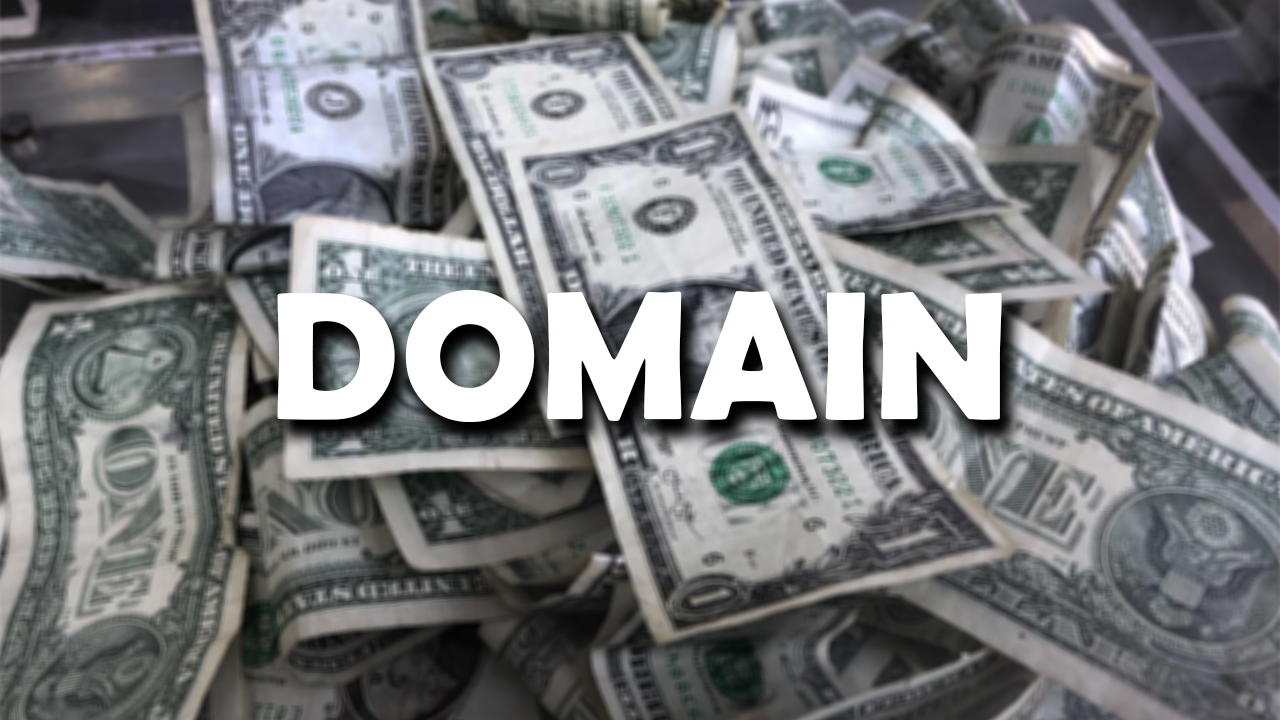Elon Musk has turned to Silicon Valley to help recruit executives who will take up unofficial positions across the federal government.

Recruiting
Basically an unpaid group of billionaires, tech executives and some disciples of Peter Thiel, a powerful Republican donor, are preparing to take up unofficial positions in the U.S. government in the name of cost-cutting.
As President-elect Donald J. Trump’s so-called Department of Government Efficiency girds for battle against “wasteful” spending. It is preparing to dispatch individuals with ties to its co-leaders, Elon Musk and Vivek Ramaswamy, to agencies across the federal government.
After Inauguration Day the group of
- Silicon Valley-inflected,
- wide-eyed
recruits will be deployed to Washington. They will work in the alphabet soup of agencies. The goal is for most major agencies to eventually have two DOGE representatives as they seek to cut costs like Mr. Musk did at X, his social media platform.
This story is based on interviews with roughly a dozen people who have insight into DOGE’s operations. They spoke to The Times on the condition of anonymity. They were not authorized to speak publicly.
The Operation
On the eve of Mr. Trump’s presidency, the structure of DOGE is still amorphous and closely held. People involved in the operation say:
- that secrecy and avoiding leaks is paramount
- much of its communication is conducted on Signal. The encrypted messaging app.
Mr. Trump has said the effort would drive “drastic change,” and that the entity would provide outside advice on how to cut wasteful spending. DOGE itself will have no power to cut spending — that authority rests with Congress. DOGE is expected to provide recommendations for
- programs
- and other areas to cut.
But parts of the operation are becoming clear: Many of the executives involved are expecting to do six-month voluntary stints inside the federal government before returning to their high-paying jobs. They will not be paid, Mr. Musk has said. For some originally interested tech executives it is a nonstarter . And he has asked them to work 80-hour weeks. Some, including possibly Mr. Musk, will be so-called special government employees. It is a specific category of temporary workers who can only work for the federal government for 130 days or less in a 365-day period.
The representatives will largely be stationed inside federal agencies. After some consideration by top officials, DOGE itself is now unlikely to incorporate as an organized outside entity or nonprofit. Instead, it is likely to exist as more of a brand for an interlinked group of aspirational leaders who are on joint group chats and share a loyalty to Mr. Musk or Mr. Ramaswamy.
“The cynics among us will say, ‘Oh, it’s naïve billionaires stepping into the fray.’ But the other side will say this is a service to the nation that we saw more typically around the founding of the nation,” said Trevor Traina, an entrepreneur who worked in the first Trump administration with associates who have considered joining DOGE.
“The friends I know have huge lives,” Mr. Traina said, “and they’re agreeing to work for free for six months, and leave their families and roll up their sleeves in an attempt to really turn things around. You can view it either way.”
The DOGE Office
DOGE leaders have told others that the minority of people not detailed to agencies. They would be housed within the Executive Office of the President at the U.S. Digital Service. It was created in 2014 by former President Barack Obama to
DOGE is also expected to have an office in the Office of Management and Budget. And officials have also considered forming a think tank outside the government in the future.
Mr. Musk’s friends have been intimately involved in choosing people who are set to be deployed to various agencies. Those who have conducted interviews for DOGE include the Silicon Valley investors Marc Andreessen, Shaun Maguire, Baris Akis and others who have a personal connection to Mr. Musk. Some who have received the Thiel Fellowship, a prestigious grant funded by Mr. Thiel. It is given to those who:
- promise to skip or drop out of college to become entrepreneurs,
- are involved with programming and operations for DOGE.
Brokering an introduction to Mr. Musk or Mr. Ramaswamy, or their inner circles. That has been a key way for leaders to be picked for deployment.
Vinay Hiremath’s Involvement
That is how the co-founder of Loom, Vinay Hiremath, said he became involved in DOGE in a rare public statement from someone who worked with the entity. In a post this month on his personal blog, Mr. Hiremath described the work that DOGE employees have been doing before he decided against moving to Washington to join the entity.
“After 8 calls with people who all talked fast and sounded very smart, I was added to a number of Signal groups and immediately put to work,” he wrote. “The next 4 weeks of my life consisted of 100s of calls recruiting the smartest people I’ve ever talked to, working on various projects I’m definitely not able to talk about, and learning how completely dysfunctional the government was. It was a blast.”
These recruits are assigned to specific agencies. They are thought to have expertise in tho. Some other DOGE enrollees have come to the attention of Mr. Musk and Mr. Ramaswamy through X. In recent weeks, DOGE’s account on X has posted requests to recruit a “very small number” of full-time salaried positions for engineers and back-office functions like human resources.
The Team
The DOGE team, including those paid engineers, is largely working out of a glass building in SpaceX’s downtown office located a few blocks from the White House. Some people close to Mr. Ramaswamy and Mr. Musk hope that these DOGE engineers can use artificial intelligence to find cost-cutting opportunities.
Two people with starkly different backgrounds are running the broader effort:
One is Brad Smith, a health care entrepreneur and former top health official in Mr. Trump’s first White House. He is close with Jared Kushner, Mr. Trump’s son-in-law. Mister Smith has effectively been running DOGE during the transition period. He has a particular focus on recruiting. Especially for the workers who will be embedded at the agencies.
Mr. Smith has been working closely with Steve Davis, a collaborator of Mr. Musk’s for two decades. He is widely seen as working as Mr. Musk’s proxy on all things. Mr. Davis has joined Mr. Musk as he calls experts with questions about the federal budget, for instance.
Other people involved include Matt Luby, Mr. Ramaswamy’s chief of staff and childhood friend; Joanna Wischer, a Trump campaign official; and Rachel Riley, a McKinsey partner who works closely with Mr. Smith.
Mr. Musk’s personal counsel — Chris Gober — and Mr. Ramaswamy’s personal lawyer — Steve Roberts — have been exploring various legal issues regarding the structure of DOGE. James Burnham, a former Justice Department official, is also helping DOGE with legal matters. Bill McGinley, has played a more minimal role. He was Mr. Trump’s initial pick for White House counsel. He was named, instead, as legal counsel for DOGE.
The cornerstone
“DOGE will be a cornerstone of the new administration, helping President Trump deliver his vision of a new golden era,” said James Fishback, the founder of Azoria, an investment firm, and confidant of Mr. Ramaswamy who will be providing outside advice for DOGE.
Despite all this firepower, many budget experts have been deeply skeptical about the effort and its cost-cutting ambitions. Mr. Musk initially said the effort could result in “at least $2 trillion” in cuts from the $6.75 trillion federal budget. But budget experts say that goal would be difficult to achieve without slashing popular programs like Social Security and Medicare, which Mr. Trump has promised not to cut.
Economy Stimulation
Both Mr. Musk and Mr. Ramaswamy have also recast what success might mean. Mr. Ramaswamy emphasized DOGE-led deregulation on X last month. He said that:
- removing regulations could stimulate the economy
- “the success of DOGE can’t be measured through deficit reduction alone.”
And in an interview last week with Mark Penn, the chairman and chief executive of Stagwell, a marketing company, Mr. Musk downplayed the total potential savings.
Mr. Musk said: “We’ll try for $2 trillion — I think that’s like the best-case outcome”. “You kind of have to have some overage. I think if we try for two trillion. We’ve got a good shot at getting one.”
Theodore Schleifer and Madeleine Ngo
Theodore Schleifer writes about Elon Musk and wealthy tech executives. Madeleine Ngo covers economic policy, including DOGE.
Source: The N.Y. Times
Read other news at our blog





















